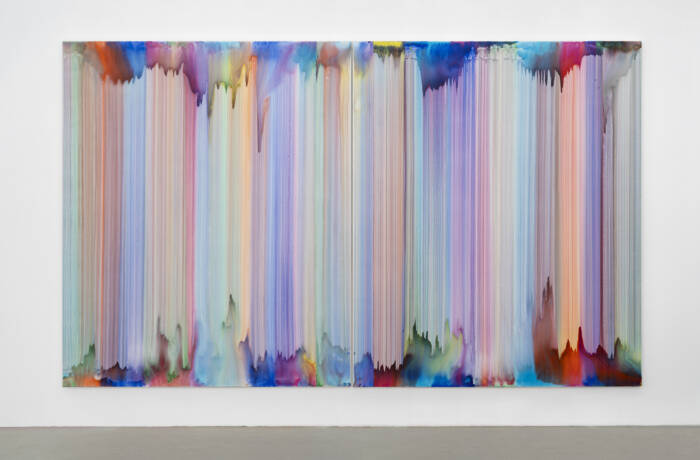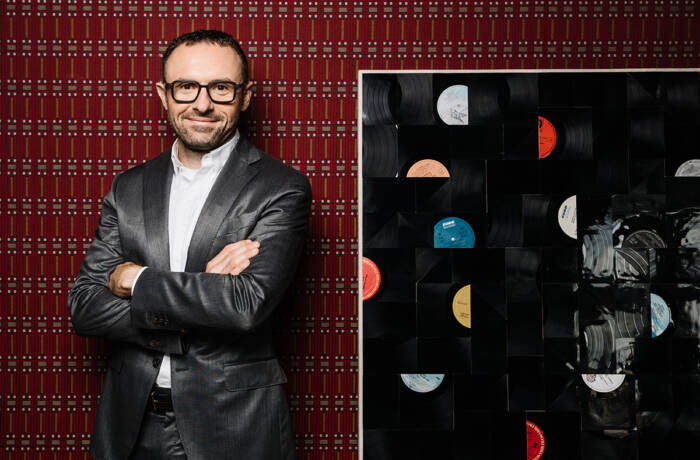
Luxury groups like Gucci owner Kering (Paris headquarters pictured) are adapting to a fresh wave of consumer demand
Fashion and luxury brands need to transform they way they work, think and create to thrive in a new era of luxury consumers, where creativity is king – but just not in the way it was

Claudia D’Arpizio
Touchpoints are becoming more important for the luxury industry. In fact, consumers are becoming more important for the industry. In the past, while the desire for luxury products was very high, it was fuelled by the creation of an aspiration that was mainly ostentation, or showing off social or financial status – this is an over-simplification, but indicative.
And the marketing formula was to create a big desire for these products; and ownership was also being part of a specific circle of people that were, in a way, selected. It was very elitist. Now, consumers are really asking for larger territories of conversation. We can now call aspiration ‘post-aspiration’ because status symbolism is no longer the driver for buying these products. Brands need to enrich the territories of conversation and to pick up the values of the next generation of consumers.
Follow LUX on Instagram: the.official.lux.magazine
To do so, they need more channels of communication; and so different touchpoints are playing a very important role. Digital touchpoints are playing an important role and the transaction, per se, is losing interest. Brands really need to create a dialogue that starts much before the purchase, that continues after the purchase, and that creates an ongoing dialogue and conversation with the consumer.
In the past, consistency was very important, meaning all the stores looked the same, all the communication and the valued pillars were very rigid and analytical. Now, brands need to be a platform and express creativity. Consumers want to be surprised and engaged but perhaps they will not be surprised if they only see an environment that always looks the same.
Consumers are looking for authenticity, but they are also looking for different sets of values and attributes, which makes it more and more difficult for marketing strategy at this time, because brands have to have crystal-clear DNA and packaging, and understand the degrees of freedom, and understand who in the organisation can leverage these degrees of freedom across the different touchpoints. This is a very challenging organisational issue with the evolution of the consumers.
Read more from the LOVE Issue: Jean-Claude Biver on why luxury watches are about the experience
The product, meanwhile, is still important, but it is not enough. The exquisite quality of a product is a given for luxury brands. The level of creativity is super-important and an essential element and touchpoint. But the creativity should not just be channelled through the product. Brands need to channel their creative across other touchpoints, through communication and social media strategy, telling a story through different chapters and maintaining engagement with the consumer.

Experiences are the new luxury. Image courtesy of Condé Nast, publisher of Sensual Purity: Gorden Wagener on Design. Photographer: Jonathan Glynn-Smith
With this disruption, it is probably easier to attract the attention of consumers if you are an emerging brand, because you can become more relevant within a shorter period of time through creative ways of communicating. The product is still very important though and established players from big organisations can really keep up momentum across different touchpoints. Barriers to entry are being pulled down, but keeping pace and elevating the continued desire of consumers can be very demanding.
Meanwhile there is a generational shift in the creative directorship of the fashion and luxury industry that has only just started, and of which we will see more and more. New brands that are managed by millennials are changing the rules of the game, or starting a completely new one, influencing the entire sector.
Read more: Poet Yomi Sode on Slam Poetry’s authentic essence
In the last couple of years there has been a transformational element. There has been a big churn of creative directors and senior management, because a shake-up was probably needed for every company to engage their organisation in the required transformation. These changes have just started. And we will see a lot of convergence in cinema, in film production, TV production and the editorial industry in general, because the intangible element will be as important as the tangible. Creativity will be reshaped across the creative industries.
On the other hand, creativity is still very fluid in terms of age and generation and this is another key aspect of these times. We have different generations behaving the same way, we have different genders behaving similarly about certain topics. We also have fluidity in terms of the social construct.
It is a very liquid society and the luxury sector will become more and more segmented. But, as they adapt, brands need to understand their consumers and always remain true and authentic to their DNA.
Claudia D’Arpizio is a partner at Bain & Company’s Milan office and an expert in the luxury goods industry








